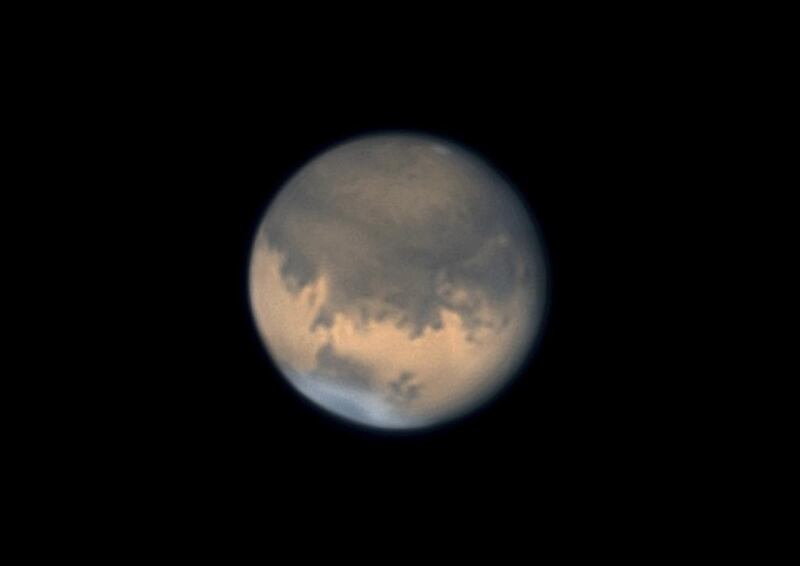DUBAI // The UAE’s space programme could inspire innovation and spur further diversification of the country’s economy.
A mission to Mars would promote a focus on making breakthroughs in the development of new technologies, which could be patented and sold to foreign space agencies.
It could also inspire thousands of Emiratis to pursue careers in the space industry, opening the door to new research bodies and university courses in aerospace engineering.
Robert Zubrin, the president of the Mars Society, said the government was encouraging Emiratis to “become a pioneer and an explorer of new worlds”.
“Out of that challenge, you’ll get millions of young scientists and engineers,” he said.
Although only a minority will end up participating in the space programme, there are opportunities for others to do all kinds of things.
“They’ll contribute to the energy industry, will contribute to medical research and they will become technological entrepreneurs. This could lead to the development of a Silicon Valley in the UAE.
“The 40-year-old men and women who built the computer industry here in the US in the 1990s were the little 10- and 12-year-old boys in the 1960s who were inspired to enter science by our Apollo programme.”
Dr Zubrin said it was not only desirable but essential for the UAE to pursue technological innovation.
“Having oil wealth is all well and good, but ultimately, if it wants success in the long term, the wealth of a nation has to come from developing its talent.”
The UAE has invested Dh20 billion in space technology, through the Emirates Institute for Advanced Science and Technology in Dubai, and Al Yah Satellite and Al Thuraya Satellite Telecommunications in Abu Dhabi.
Strata, a Mubadala Aerospace subsidiary in Abu Dhabi, provides parts for global aircraft manufacturers Boeing and Airbus.
Abdul Ismail, the chief executive of the consultancy Interplanetary Expeditions, said the key parts were there.
“Spacecraft technology is essentially just an extension of aviation-related technologies,” he said. “What will they eventually do is just mimic what they’ve done successfully with their aviation elements, and introduce new space-related technologies. With space technologies you do get breakthroughs, and with breakthroughs you get new intellectual property.”
When Canada’s space programme first started, a firm called Spar Aerospace developed a robotic arm that could extend the antenna on a basic communications satellite.
The technology was patented and has since been upgraded to act as a key component on the Nasa shuttle, as well as on the International Space Station, at a benefit of billions of dollars to the Canadian economy. In addition, a modified version of the arm is used to conduct brain surgery.
Former commander Chris Hadfield, a Canadian astronaut who was visiting the UAE last week, said there was still a lot of scope for innovation.
“Every one of those pieces of hardware that are currently being used is new and is ripe for improvement,” he said. “There’s not an assembly line churning out Mars vehicles. If this was the automotive industry, it’s currently 1904.
“If we’re talking about launching a satellite to orbit the Earth, we understand it very well. But going to Mars? We’re way behind in inventing it all. The person who comes up with the designs will control the industry. It’s inevitable that in this process the UAE will invent some things that the rest of the world is going to use.”
mcroucher@thenational.ae






